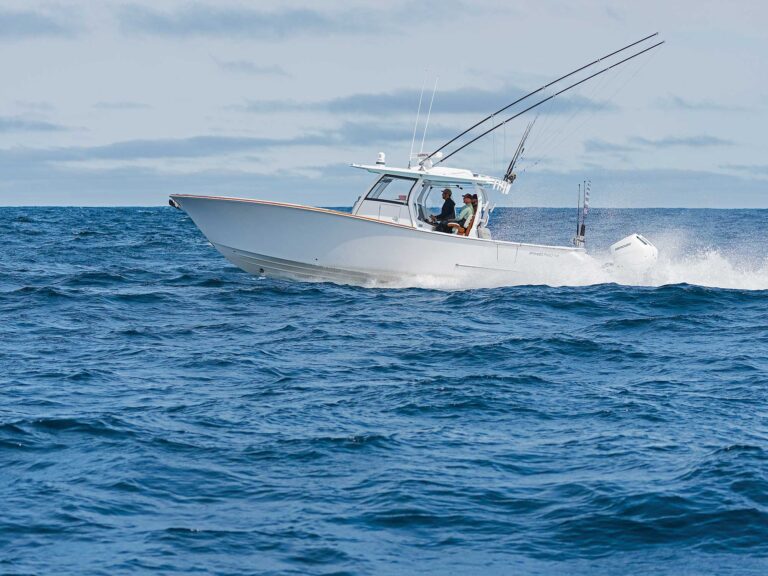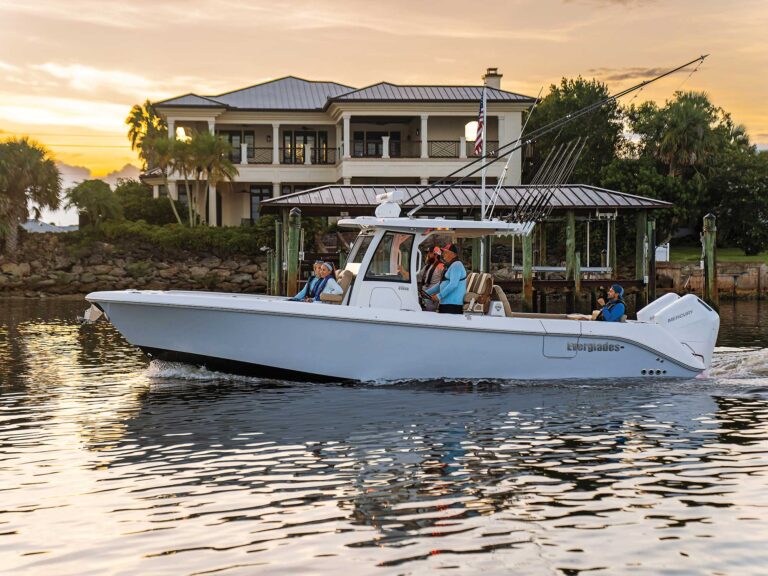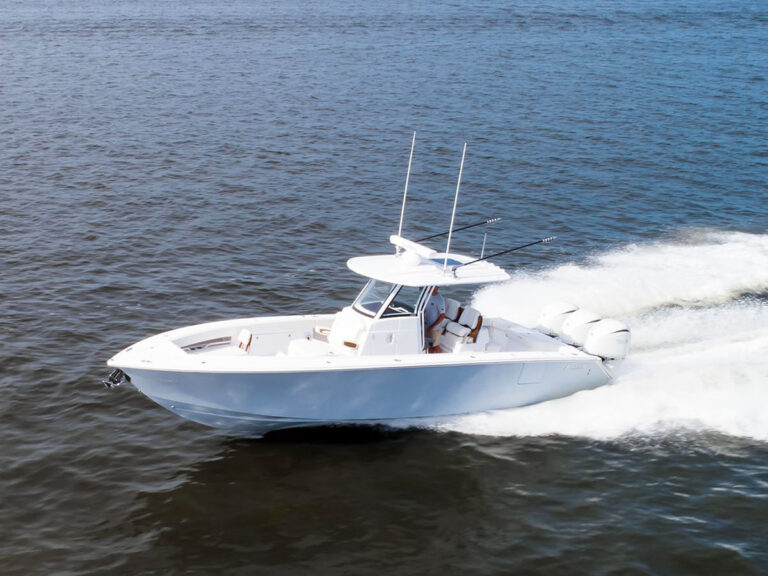The tools needed to make crimp connections are inexpensive, and the techniques used are simple. Still, every connection is a potential source of resistance or corrosion. Use these tips to help ensure better electrical connections for your next refit or repair.
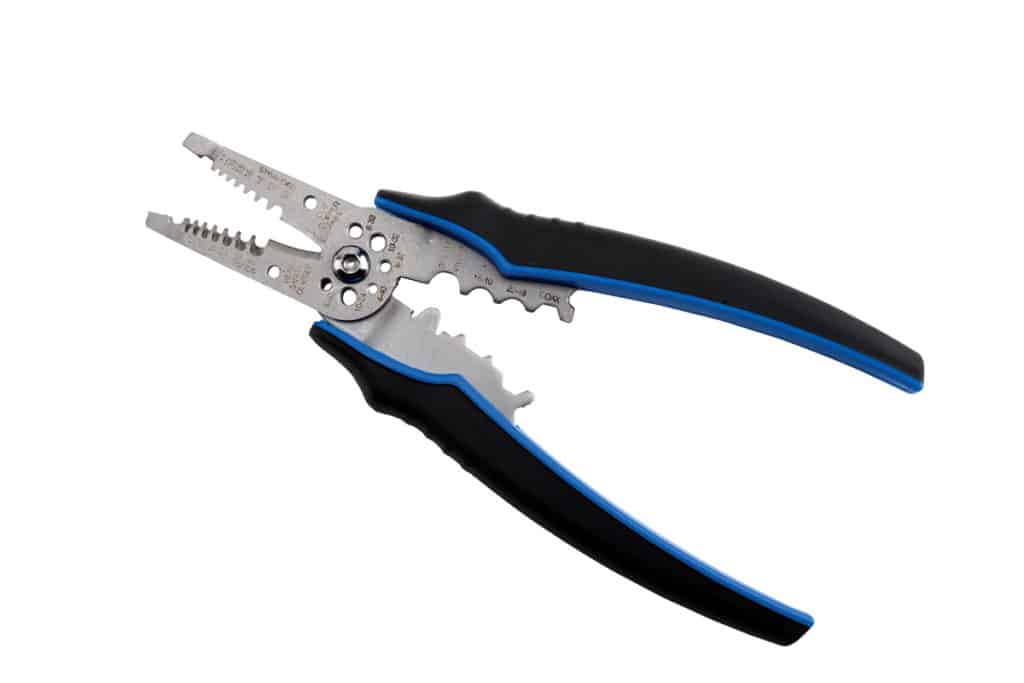
Typical hardware-store crimpers cut and tear into heat-shrink sheathing on crimps and also deflect when you squeeze them — usually deep in the bilge at the far end of your one-arm reach. Made of stamped steel, they make a narrower crimp band than better crimpers — and the built-in wire cutters stink! Pros pay $100 or more for quality ratcheting-style crimpers. For DIY work, a midgrade pair ($30) like these by Ancor is the minimum quality we recommend. Jon Whittle
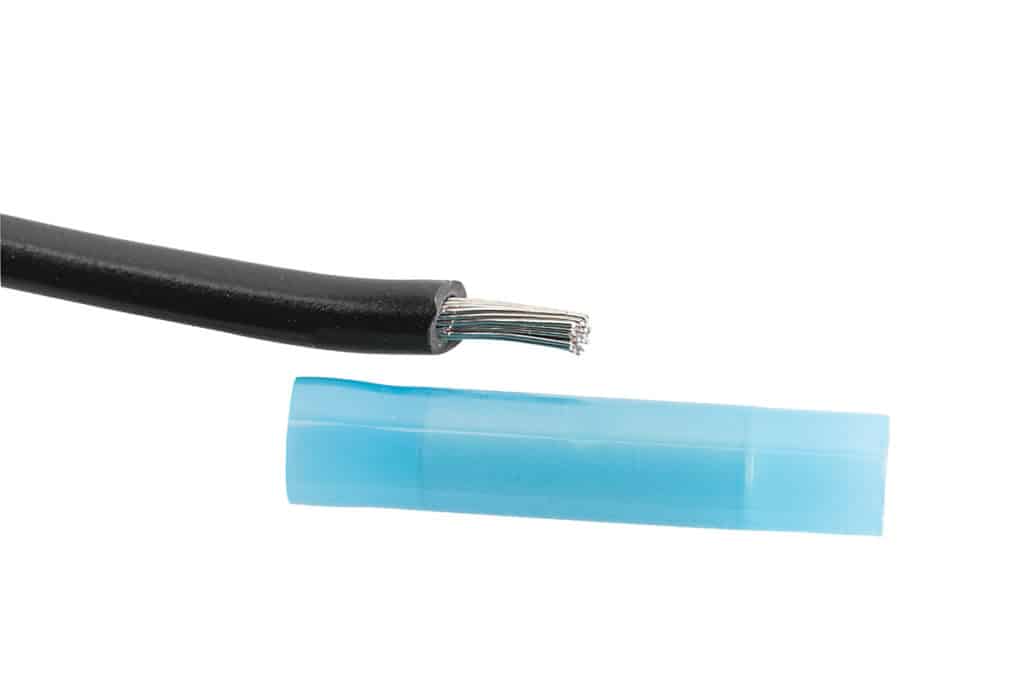
Strip just enough insulation so the wire just fits the length of the terminal’s barrel; removing excess insulation compromises the crimp mechanically and corrosion-wise. Make sure you have not cut into wires with strippers, then cut the wire squarely and neatly at the end using diagonal cutters (“dykes”) or the cutter on your strippers. Twist it clockwise a few turns to add rigidity. Insert the wire into the connector so the insulation butts against the metal crimp barrel. Crimping
Strive to make a double crimp. Do not crimp at the ends of the connector. Make sure you are crimping the interior metal barrel; the plastic insulated covering overhangs this at the wire end of the connector. Make the first crimp one wire diameter in distance from the wire end of the barrel. Make the second crimp the same distance from the terminal end of the crimp. Test-pull every crimp by hand to make sure you “nailed it.” Jon Whittle
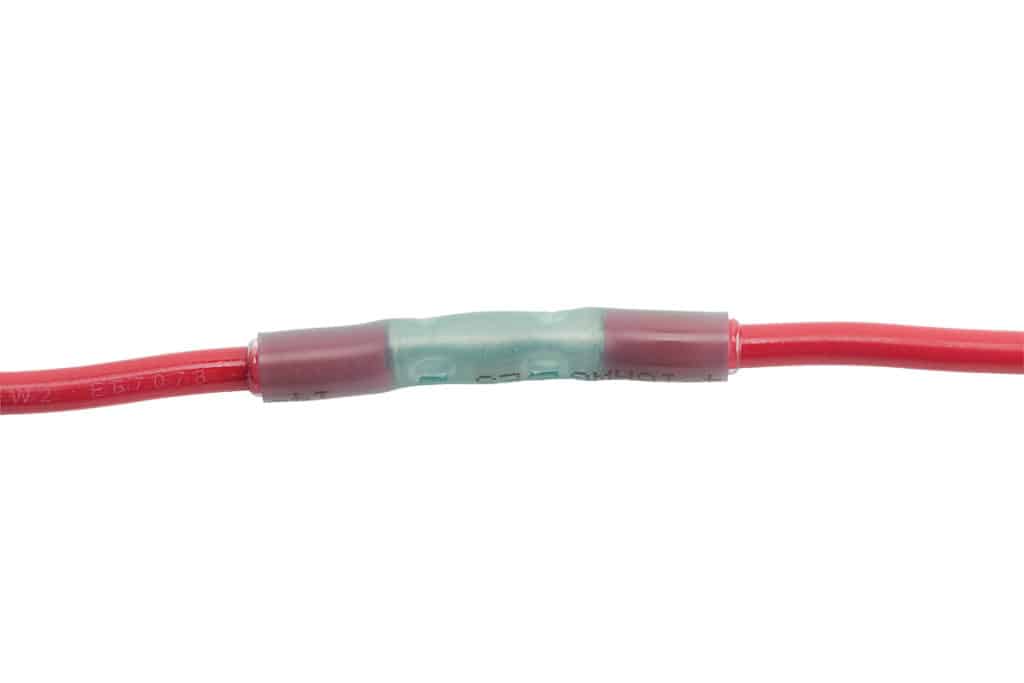
Crimps with heat-shrink collars are a great way to stave off corrosion. After crimping, heat the connector’s insulated barrel with a small torch or heat gun. Use indirect heat — don’t roast it! You can use a lighter, but the torch affords better control — and can be used for line splicing as a bonus. If using a heat gun, be careful where you place it because the nozzle stays hot for several minutes after you turn it off and will quickly melt upholstery or scorch fiberglass. Shrink Tube
Shrink tube can be used when heat-shrink connectors are not available. It can also be used to add stiffness to wires connected to panels, switches and terminal blocks. Slide on the shrink tube before you crimp on the connector, and then heat as described with a torch or heat gun. Jon Whittle
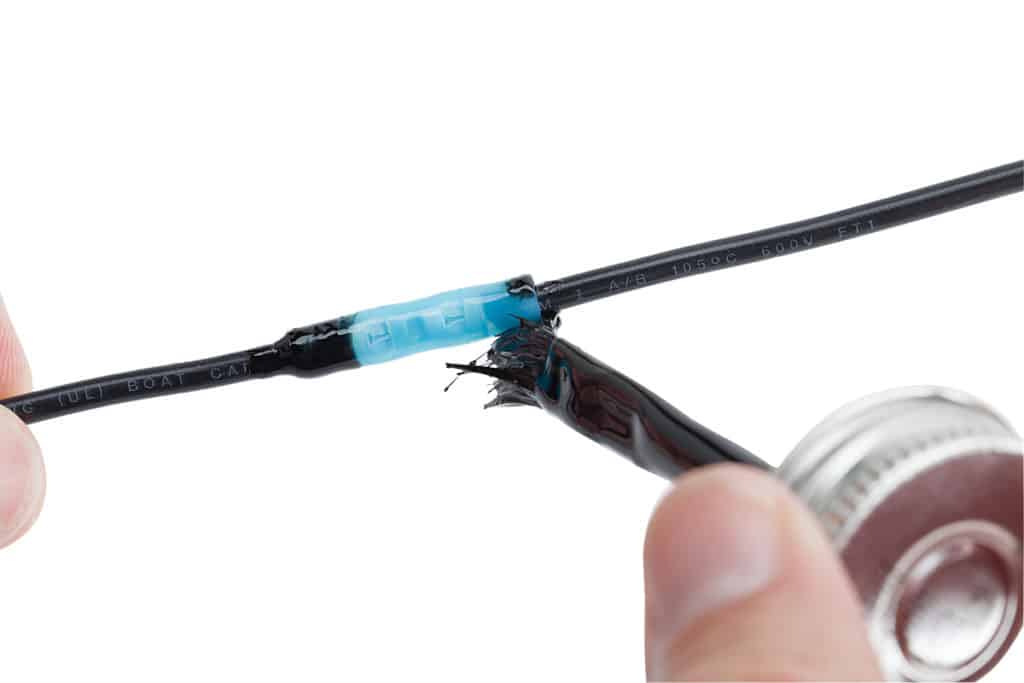
This product seals out moisture as well as heat-shrink, in my experience. It can be messy to use, but it doesn’t require a source of heat, and on windy days doing field repairs, heat-shrinking can be problematic even with a good torch, so I always carry some in my kit. Paint it on, then wait a few minutes for it to skin over. Terminals
Butt splices join wire of the same diameter. To connect wire of different diameter, strip twice as much insulation from the thinner wire and double it back on itself to make the correct diameter. Connections to boards, panels and some switches are best made with ring terminals. Fork terminals can more easily slip off and fail over time. Jon Whittle
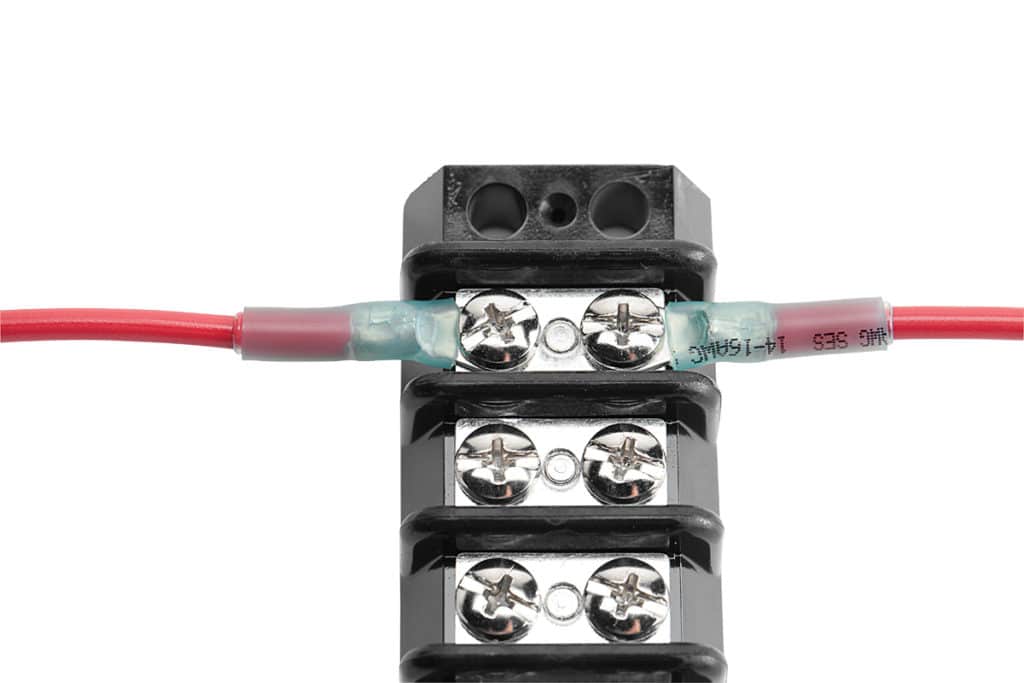
Sometimes, a terminal block makes more sense than a bunch of butt splices, especially if different wire sizes need to be connected together. They are especially handy for marine electronics and audio installations. Blue Sea Systems is one supplier that offers a range of sizes and lengths, and a number of connections to suit. The Clear Choice
Better terminals use tinned copper, not aluminum. Scratch the surface of one to see; aluminum is silver all the way through. Also, only select terminals having nylon sleeves; vinyl sleeves crack all too easily. Nylon is easy to ID; you can see through it. Jon Whittle






